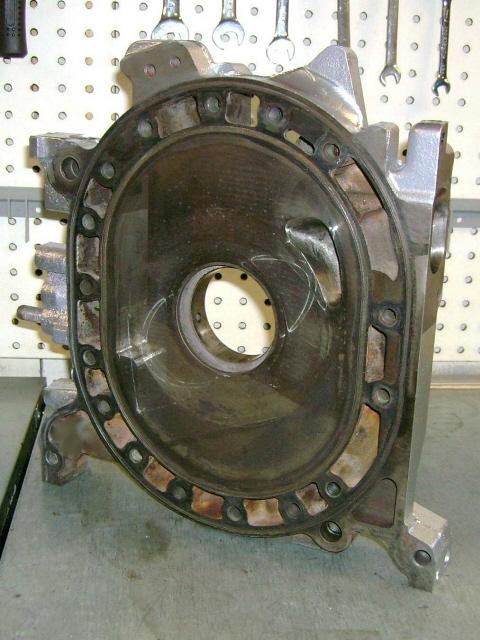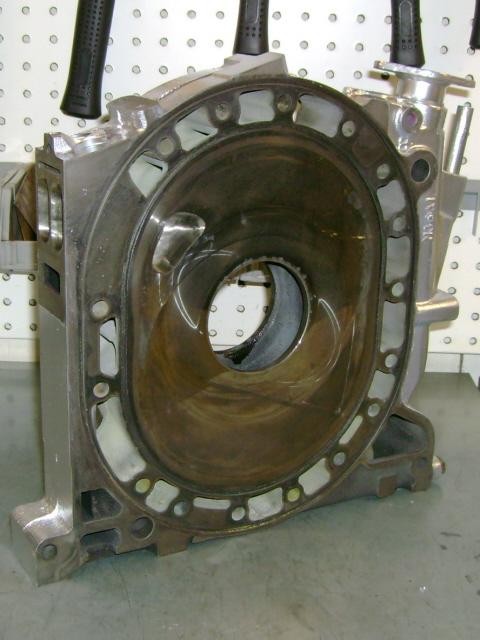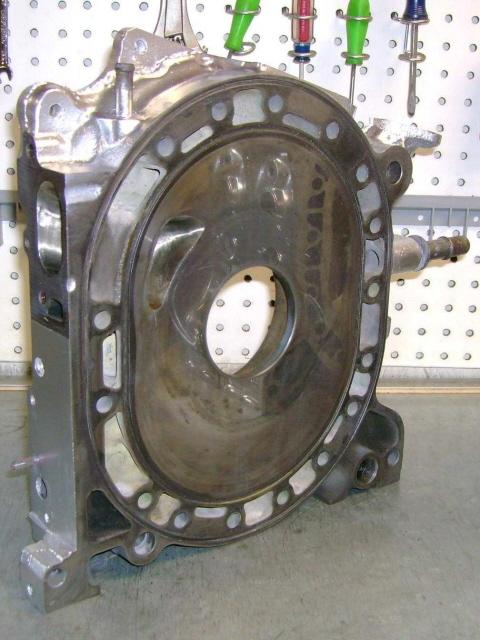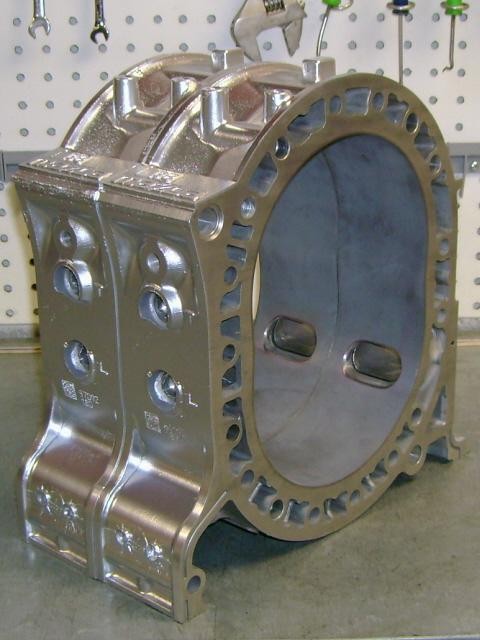Engine Porting and Polishing
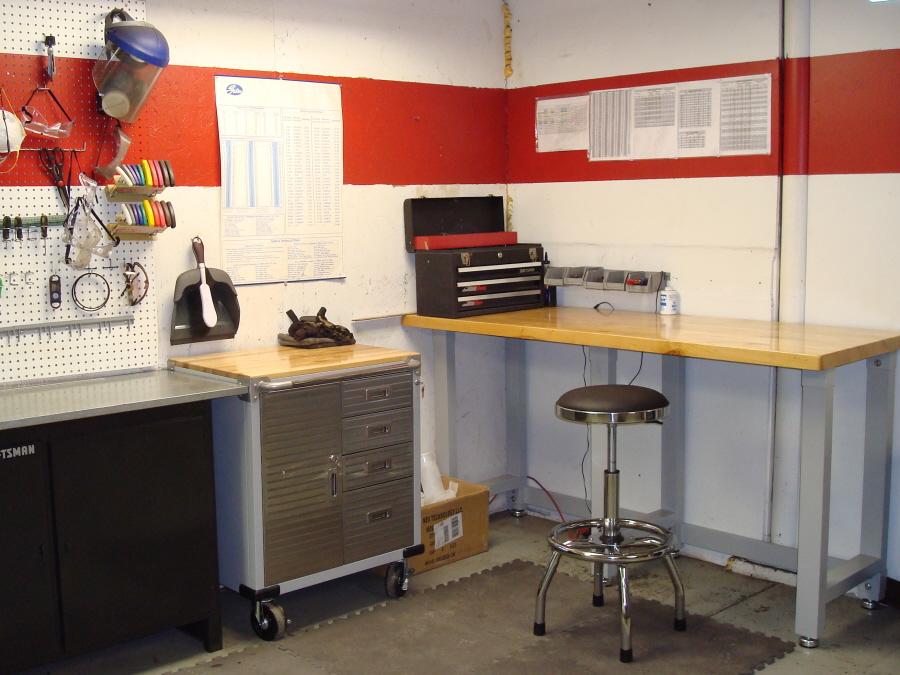 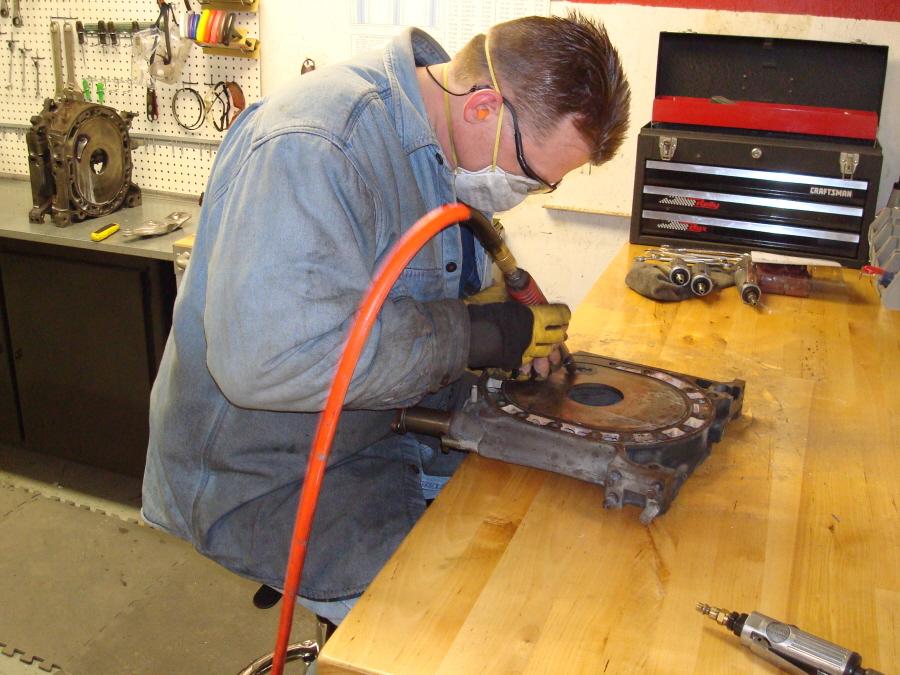
All Engine porting is performed on-site at our dedicated porting station
There are several different styles of ports that yield different levels of power. As the porting becomes more aggressive, the less "street-able" the car becomes.
|
Mild Street Port
A Mild Street Port is the first step to rotary porting. This version has enlarged the upper area of the port, increasing air-flow and top-end power without creating any significant drawbacks. A Mild Street Port is a popular choice for those wanting improved performance without changing the standard engine’s characteristics.
PRO'S: Smooth driving, good for daily street use
CON'S: Slight fuel consumption increase
|
|
Aggressive Street Port
The Aggressive Street Port is a larger version of the Mild Port and works best with improved intake and exhaust systems. Typically with these modifications, the engine will start to exhibit the rotary’s signature rough idle, although the Aggressive Port’s is very slight. There is also a slight but noticeable loss of low-down torque below 4,000rpm. Importantly the increase in air-flow ability translates to the potential for more power providing the best compromise for regularly-used street cars. This is the popular choice for those who don’t want the numerous drawbacks of a bridge-port.
PRO'S: Good power increase while retaining drivability.
CON'S: Increase of fuel consumption, slight noise increase and the need for modified intake & exhaust systems to maximize power.
|
|
Bridge Port
The Bridge port uses an additional "eyebrow" opening alongside the original "modified" port and introduces the characteristic lumpy idling. The bridge that now exists between the 2 ports primary purpose is to ensure the rotors corner seals – which pass indirectly over the bridge – don’t fall out. The improved air-flow increases top-end power dramatically with a noticeable power-band peaking around 8,000rpm while drivability, smoothness and fuel efficiency is reduced drastically. Maximum power is largely dependent on the choice of intake and exhaust systems. Unfortunately for street cars, faster normally means louder.
PRO'S: Good potential for power, increased rev-range
CON'S: Poor drivability, high Idle, fuel consumption and excessive noise
|
|
Peripheral Port
The peripheral port is the ultimate form of porting for a rotary engine. Instead of conventional metal shaping with a grinder, the side ports are filled and completely new circular peripheral intake ports are fitted directly through the rotor housing and is easily identified on an engine by its tubular intake manifold. This modification developed for racing, results in very poor drivability, fuel consumption and needs an exhaust system designed to produce excessive noise. Like the bridge port, the PP produces its maximum power past 8,000rpm creating increased stress and wear on components.
Instead of idling at around 1,000 – 1,500rpm for the previous porting methods, the PP engine will not idle much below 2,000rpm and is impractical and virtually unusable on the street.
PRO'S: The ultimate form of rotary porting for maximum power
CON'S: Excessive noise, extensive intake mods, very poor drivability and fuel consumption, relatively short engine life, very expensive, narrow power band
|
|





